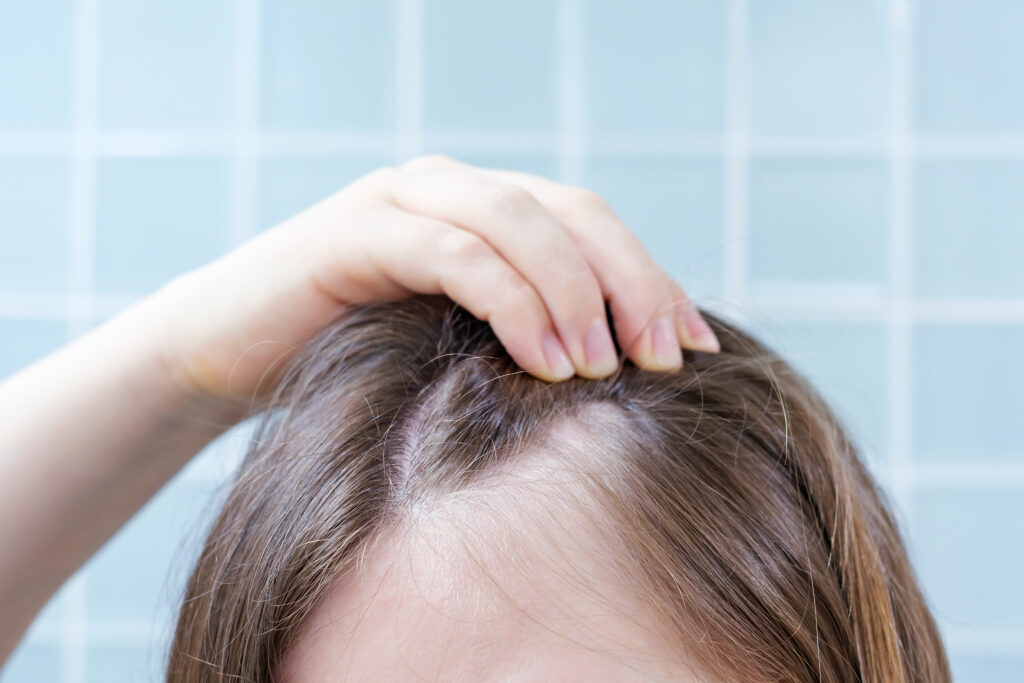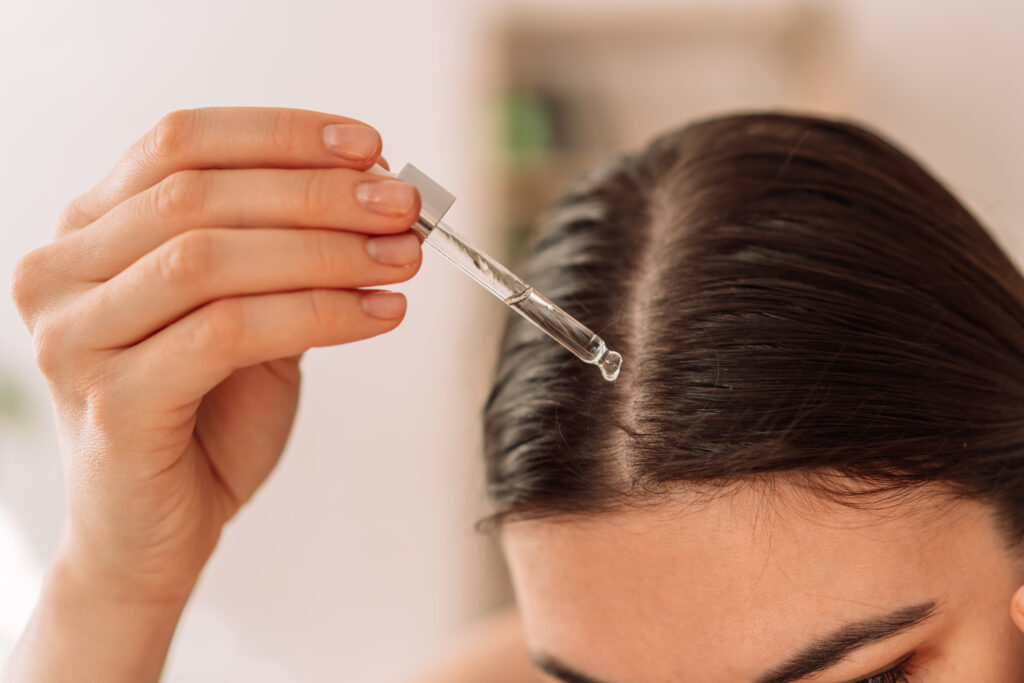Summer Sun and Autumn Hair Loss: A Hidden Connection
What do summer sun and autumn hair loss have in common?
More than it seems. During the warmer months, the scalp suffers invisible aggressions: oxidation, hormonal fluctuations, UV exposure. The result appears weeks later, with more intense and visible hair shedding. But beyond its impact on the consumer, this seasonal phenomenon presents a valuable technical opportunity for those developing anti-hair loss products.

Skinification and the 360° Approach to Scalp Care
In recent years, formulas have evolved significantly. They no longer focus solely on reducing hair loss, but on treating the scalp as skin—incorporating active ingredients such as niacinamide, hyaluronic acid, peptides, or centella asiatica. This 360° approach, known as skinification, is redefining not only how treatments are formulated, but also how they should be evaluated.
Why Modern Anti-Hair Loss Products Require Smarter Testing
Assessing the efficacy of today’s anti-hair loss treatments goes far beyond simply counting hairs. These new-generation products combine multifunctional ingredients—hydrating, soothing, and stimulating—that act not only on the follicle but also on the overall balance of the scalp. As a result, they require more sensitive and holistic clinical protocols capable of capturing both visible and structural improvements.

How We Evaluate Efficacy at Zurko Research
At Zurko Research, we design studies tailored to the biological cycle of hair, with a special focus on detecting subtle changes during the critical autumn season. Our methodologies include:
- Digital phototrichography (TrichoScan): allows precise measurement of hair density, thickness, and percentage of follicles in the anagen or telogen phase.
- Clinical evaluation by dermatologists: includes scalp visibility, signs of inflammation, and overall scalp condition.
- Self-assessment questionnaires: perceived hair loss, strength, volume, and scalp comfort.
- Standardized photographic documentation: for visual comparison over time.
We also adjust the study duration based on the expected mechanism of effect—from 90 to 150 days—and can accommodate comparative or combination product testing.
The goal is not just to validate, but to truly understand and highlight the full benefit of the formula—from the root.
The Right Time to Test: Why Autumn Matters
Not all times of year are equal. In autumn, when hair shedding is at its peak, the biological context is ideal for observing real differences between treatments, ingredients, and formats. Testing a formula during this critical season not only enhances scientific robustness—it also creates distinctive claims for market positioning.
Is your formula ready to prove its full potential when hair loss is at its most visible?
Sometimes, when you measure is just as important as what you measure.

Company: Zurko Research S.L.
E-mail: info@zurkoresearch.com
Tel: +34 915 211 588
Website: www.zurkoresearch.com
LinkedIn: www.linkedin.com/company/zurkoresearch
Contact us for more info!







 |
| 



